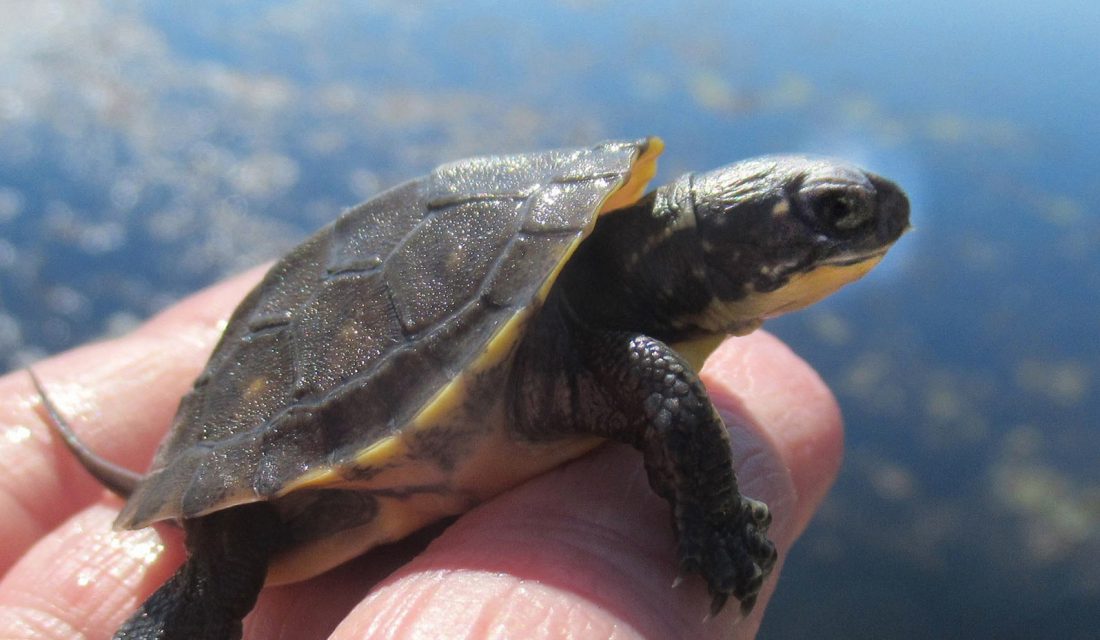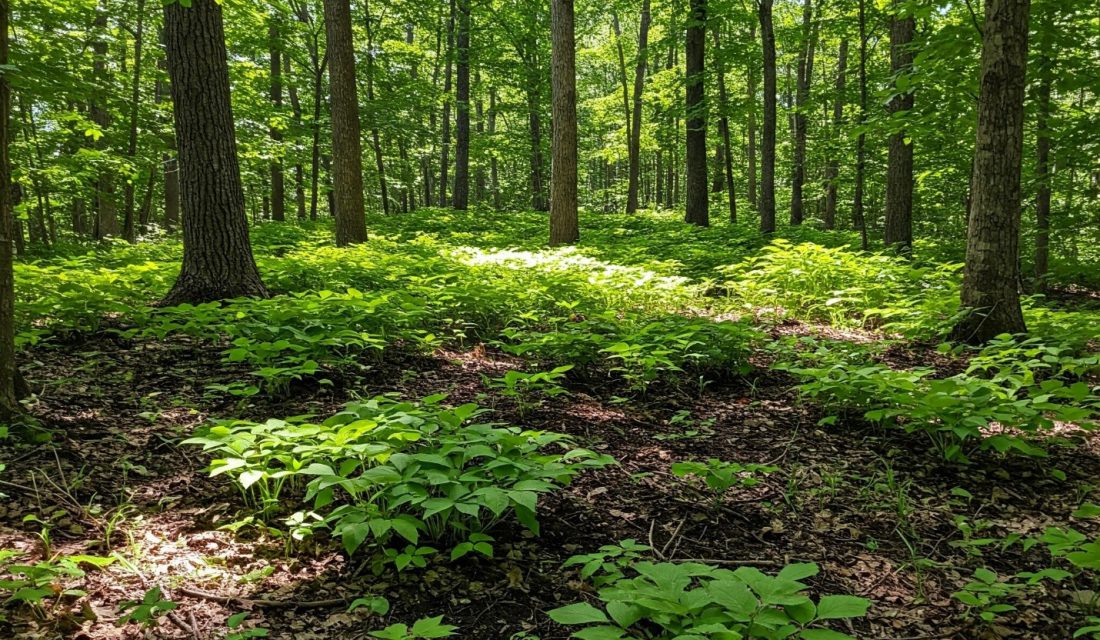For nearly 20 years, the Endangered Species Act of Ontario has helped protect Ontario’s most threatened species and their habitat.
But now the Act itself is at risk of becoming an endangered species. The Ontario Government tabled Bill 5 called “Protect Ontario by Unleashing our Economy Act.” Amidst reducing environmental and heritage protection and proposing Special Economic Zones to bypass any protective legislation, the Ontario Government is proposing to repeal the Ontario Endangered Species Act (ESA) and replace it with a new Species Conservation Act which offers less protection to species at risk.
The public consultation period ends on May 17 and we encourage everyone to share their comments about the tabled Bill and help protect endangered species in Ontario.
Here are just a few of the concerning changes being proposed:
| Current Endangered Species Act (ESA) | Proposed Species Conservation Act
|
| Protects habitat that Endangered and Threatened species depend on to survive. | Removes all habitat protection, instead protecting a species dwelling place (example: den or nest) or individual plant.
|
| Requires a recovery strategy for Threatened and Endangered species along with a government statement on intended actions. | Eliminates recovery strategies, government statement and accountability, along with disbanding the committee that provided outside advice and oversight.
|
| Requires permits, mitigation plans and beneficial actions when development will harm a species or its habitat. | No permits, beneficial action, review or approval is needed to kill or harm a species or its habitat. Developers can proceed immediately by registering online.
|
| At risk species are automatically added to the species at risk list. | Political discretion can veto or remove species from the species at risk list, meaning species that pose a problem for development could simply be removed.
|
| Did not allow people to “harass” Endangered or Threatened species. |
Removes the word “harass” from the prohibitions, meaning anyone could harass a species at risk to keep it from nesting to prevent triggering habitat protection, provided they’re not directly harming the individual. |
How does Bill 5 affect habitat protection for species at risk? Let’s consider a couple real-life examples.
Less Habitat for Endangered Turtles

Current ESA: The provincially Threatened Blanding’s Turtle (also federally and globally Endangered) currently has habitat protection under the ESA for wetlands up to two kilometres from wherever a turtle is found. This recognizes that individual turtles often use multiple wetlands, move long distances across the landscape and rely on more than one nest or hibernation site to survive.
Bill 5: The newly proposed definition of habitat might protect only the log where a Blanding’s Turtle basks every morning, or the spot where she lays her eggs, or one small wetland where the turtle overwinters. This would allow the destruction of numerous wetlands that are no longer considered habitat, leading to the eventual loss of entire populations. With what is left, a developer can destroy the habitat after filling out an online form.
Patchy Coverage for At-risk Plants
For an Endangered plant like American Ginseng, the proposed change would limit habitat to the single plant or patch and allow removal of the surrounding forest. Altering the surrounding habitat guarantees the loss of American Ginseng which requires rich Sugar Maple forest to survive, not to mention making it extremely visible to illegal harvesting. And a developer could remove the Ginseng altogether after registering online.
Provided the individual plants aren’t touched, registering isn’t needed, the impact wouldn’t be recorded and this system would allow a ginseng patch to go from a healthy patch, to drying out in the sun and eventually completely gone.
What You Can Do
Strong public opposition has been effective in changing proposed government direction in the past. If you live in Ontario, please send a message to the provincial government to show that you care about species at risk and the environment by opposing Bill 5, specifically opposing the repeal of the Endangered Species Act, and demanding better protection for our most vulnerable wildlife.
Here are ways you can stand up for species at risk in Ontario, but you have to act soon, as comments must be received by May 17, 2025:
- Send your comments on Bill 5 in an e-mail directly to the premier’s office at [email protected].
- Email your MPP. A list of all MPP’s and their email addresses can be found on the OLA website.
- Submit your comments through the Environmental Registry of Ontario. A simple comment strongly opposing the proposed changes can be extremely valuable.







7 comments
Stop bill5 save all endangered species and the areas they live in. Once they are gone there gone for good.
We need to protect endangered animals
We must stop this New Bill from being passed , NOW . These endangered species need protection more now than ever before! Once gone we can never get them back , Stop this Bill before it’s too late to save these beautiful creatures.
I wonder how Ford would feel about us passing a “Bill “ that would wipe out his entire family?!
Didn’t know Ontario was trying to emulate the person down south who is destroying the environment with their cut backs and getting g rid of important legislation protecting endangered species. So sad
This is an insane policy that must not pass. We need more housing development but this is not how we should get there. The ontario government should be ashamed
Weird need to protect endangered species!
We need to protect endangered species. Stop Bill 5 and preserve our beautiful, natural landscapes and their inhabitants.